Opioid task force seeks solutions to prescribing concerns
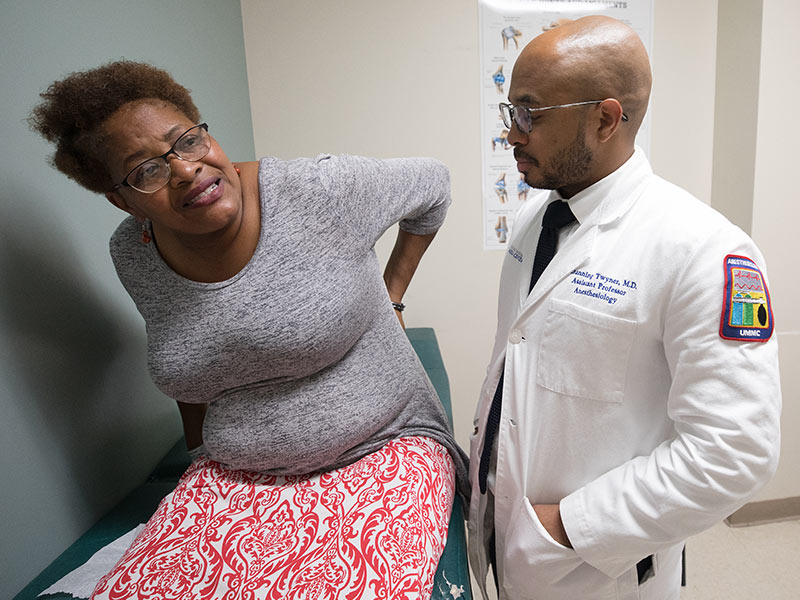
University of Mississippi Medical Center providers who give care to patients with acute or chronic pain have a lot in common.
They make decisions on what drugs to prescribe, what strength and for how long. They offer non-prescription remedies – for example, spinal cord stimulation, physical therapy or over-the-counter painkillers. They do this in the throes of an opioid crisis that in part stems from the overprescribing of narcotics.
And, they do it at a time when the Mississippi Board of Medical Licensure is formulating new prescribing regulations, and when the Centers for Disease Control and Prevention has issued voluntary guidelines that encourage providers to consider both medicinal and non-medicinal alternatives to opioids.
The Medical Center is taking a fresh, institution-wide look at pain treatment through the work of an opioid task force established by Dr. LouAnn Woodward, vice chancellor for health affairs and dean of the School of Medicine. Task force members want to give guidance to providers through timely information and clarity on an issue that in 2017 saw more than 3.3 million opioid prescriptions dispensed in Mississippi.
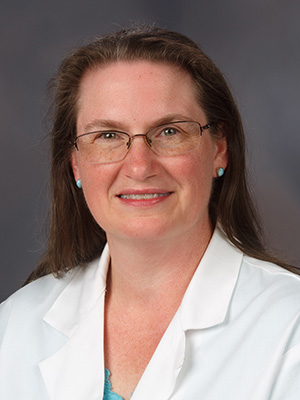
The 37-member task force “is large, on purpose, to make sure that we have a diverse group with a lot of insight,” said Dr. Ann Kemp, professor of family medicine and the panel’s chair. Dr. William Gusa, assistant professor of anesthesiology, serves as co-chair.
“There’s a great deal of concern about provider prescribing, and rightly so. The task force wants to promote caution and balanced opioid prescribing,” Kemp said. “Our goal is to work collaboratively, as a multidisciplinary team, to highlight current resources that can be shared, and then make recommendations for improvement and development.”
The task force isn’t trying to pinpoint providers who might be overprescribing, Gusa said. “Some of the overprescribing is due to lack of education,” he said. “As we get the information out, we will find that fewer people will be prescribing opioids for chronic pain.”
One example of knowledge that’s lacking: The Medical Center has a policy revised in 2014, being reworked by the task force, on prescribing opioids for chronic pain. “It’s not easy to find. Even knowing that it exists, it’s hard to track it down,” Gusa said. “If you search for pain management and opioid prescribing, nothing will show up.”
In case you’re wondering, it’s “Use of Controlled Substances 3 Months or Longer,” H-AS-GEN-GEN-PO-0008.
Work is being divided between four subcommittees: Guidelines, chaired by Dr. Molly Clark, associate professor of family medicine; Resources and Services, Dr. Jeff Parker, professor of psychiatry; Education, Dr. Sajani Tipnis, professor of pediatrics and neonatology; and Research, Dr. James Rowlett, professor of psychiatry.
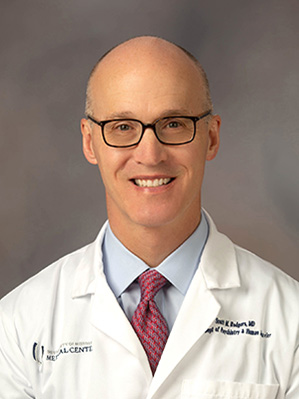
“We’re all learning. Everyone is,” said task force member Dr. Scott Rodgers, professor and chair of the Department of Psychiatry and Human Behavior. “We are all in it together, and we’re rethinking how we help patients with pain.”
The task force is building off existing strengths within the Medical Center, such as chronic pain management, addiction psychiatry and the behavioral health specialty clinics.
Some examples:
- The departments of Anesthesiology and Psychiatry and Human Behavior are working toward a collaborative partnership to create a first-time clinical treatment model around the issue of opioid abuse. That includes treatment such as physical therapy and non-opioid medicines to help protect a patient from addiction while effectively managing their pain.
- Psychiatry and Human Behavior is the first department at the Medical Center to create a drug addictions program and clinic. Rodgers recently hired Dr. Saurabh Bhardwaj, an addiction psychiatrist who sees patients for opioid use disorder at the Behavioral Health Specialty Clinic in the Jackson Medical Mall.
- Psychiatry and Human Behavior offers alcohol assessment and treatment services for individuals with low-level or moderate problems. Its establishment in fall 2017 signaled the first step toward comprehensive addiction services at UMMC.
“Our department has had longstanding expertise in addictions, but it’s always been on the research side,” Rodgers said. “There was a gap there in what outpatient programs were offered at UMMC. We felt we could help fill the gap, and to talk about what you do when someone who is on an opioid develops an addiction. They needed that component on the task force, and that’s what we’re offering.”
The Education subcommittee is ensuring learners and prescribers are aware of the Board of Medical Licensure’s proposed regulations. Members developed and are launching a reader-friendly summary with links to the CDC opioid guidelines. ”It puts it all on one page,” Kemp said. “Leadership can distribute this page to providers and learners.”
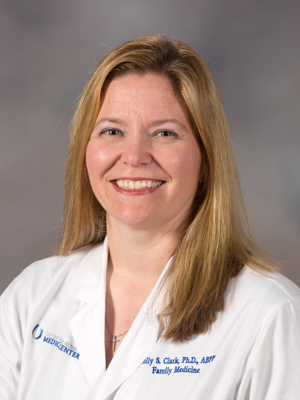
Clark said the Guidelines subcommittee is in the final stages of replacing the Medical Center’s 2014 opioid policy with a new set of guidelines that complies with those of the Board of Medical Licensure and the CDC. “We’ve come up with a comprehensive strategy without hindering a department’s decisions on how to manage pain in their specialty,” she said.
It won’t include a cumbersome, three-page form contained in the old policy. “We’ve looked at an opioid treatment agreement that patients can review and sign, and that’s at a reading level that they can understand,” Clark said.
Parker said his subcommittee has focused on pain management, addiction treatment and laboratory testing. Their recommendations include creation of a comprehensive, multidisciplinary pain center that would offer not just pain management, but other services – for example, psychiatry, pharmacy, occupational and physical therapy – that make up a patient’s total chronic pain treatment plan.
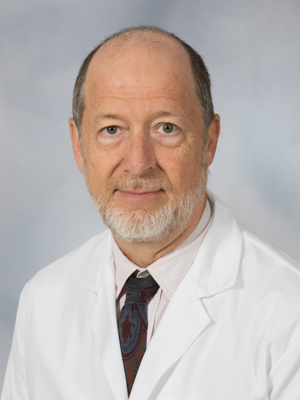
“We’d like to have the capacity for inpatient detox, with planned admissions that are connected with a rehabilitation plan,” Parker said. “Patients might go from detox to a residential treatment program or outpatient care at our clinic at the Jackson Medical Mall. We wouldn’t be doing detox in isolation.”
And, there’s work to be done in laboratory testing. “We talked about how we can make our tests more affordable and ensure that samples are valid,” Parker said.
While the clinical response to the opioid crisis at UMMC is growing, the research response is also gaining momentum, Rowlett said. More cutting-edge clinical and epidemiological research is needed to fill gaps on opioid addiction, he said, “but overall, our basic laboratory research is strong.”
Psychiatry and Human Behavior just received its first grant as part of HEAL (Helping End Addiction Long-Term), a major National Institutes of Health-wide initiative aimed at researching the opioid crisis. “The amount of funding that NIH is making available for research of all types on opioid use and abuse is remarkable, and UMMC is well-poised to jump right in,” he said.
UMMC researchers are receiving national recognition for their work to seek new formulations of opioid pain relievers that reduce their potential for misuse and overdose without compromising their effectiveness as an analgesic. In June, a study by Dr. Kevin Freeman, associate professor of psychiatry, was featured in the National Institute on Drug Abuse’s “NIDA Notes.”
“We don’t want to be so scared that we won’t prescribe opiates when they are clinically appropriate, but we also want to understand the risks and know that there are tools and resources available to help us with this,” Kemp said. “We want to have a balanced approach.”
The hope is that Medical Center providers can find pain solutions that are tailored to each patient’s needs.
“It’s all about judicious use of opiates and understanding when it’s appropriate, when it’s not and what the alternatives are,” Rodgers said.


